The Hermitage of San Juan is one of the oldest monuments in Xàbia. As its name indicates, it was a hermitage dedicated to Sant Joan (Saint John), one of the devotions of the population. In fact, one of the big festivals in Xàbia is Fogueres de Sant Joan in honor of this saint.
Next you have an index with all the points that we are going to deal with.
- 1.
- 2.
- 3.
- 4.
- 5.
- 6.
History
The Hermitage of San Juan belongs to the XV-XVI century, when the Hermitages of Conquest, of which there are several in the town of Xabiera, since they are all characterized by the type of building. After several centuries being a hermitage, distinguished as a late-Gothic church of the holy Juanes; It became, in 1817, the funerary chapel that was then the new cemetery, since it is next to it.
Archaeological excavations carried out in 2010 uncovered 30 graves on the gleba, many with remains, 19 of them adults and 11 children. These tombs are dated between 1817 and 1849.
In addition, several Valencian ceramic funerary panels were found, originating from the chapel, which have been restored and recently reinstalled in the hermitage.
Location
Currently, the Hermitage of San Juan is located between the streets Pontevedra and El Ferrol, specifically in Calle Ferrol 2 and Pontevedra 4, forming part of the urban area of Xàbia, but located next to Avenida Ondara that gives access to the exit of location. The Hermitage is at the entrance of the old cemetery (since the municipality has two), which has been unused since 1989, only open for visits and still maintains some of the elements and structures of a nineteenth-century cemetery.
Modular
The building is characterized by being a rectangular structure with a shallow double-sided roof of tiles, with the right side facing the cemetery enclosure so that its facade forms a right angle with access to it.
The façade has its upper half whitewashed, while the lower one is made of irregular ashlars left in plain view, also framing the rectangular door and a barred window on each side. The engraved two skulls with the crossbones are distinguished on the ironed leaves of the door.
Above, in the pediment and displaced to the left with respect to the axis of the façade, a small round oculus opens.
In the interior, the nave is divided into three sections by two arches, one of them semi-circular and the other pointed, although originally they should have been two of the latter style. The roof is a hut, with the exposed wooden beams. The headboard is smooth and clear, without any image or objects of worship.
Adaptation project
Under the direction of Soler Blasco Museum, they have installed a collection of ceramic funerary panels, originating from the XNUMXth century, which after being recovered in the hermitage and cemetery itself, were part of the museum collections and were restored a few months ago. Most of them have been hung on the walls of the hermitage but the largest one has been placed next to one of the tombs, thus imitating the original position.
Since the 2010 excavations, in which they were brought to light, Culture has continued working to adapt the chapel of the old Sant Joan cemetery as a kind of funeral museum.
Since then, the Town hall has promoted value enhancement interventions: restored the doors, changed the window frames, adapted the sector of the original clay tile flooring that corresponded to the pantheon of priests, renovated the electrical installation and installed a wooden walkway that allows visitors to visit the hermitage and observe the set of excavated graves. Now, in addition to the funeral panels, an alarm system has also been installed.
Visiting hours
This hermitage does not maintain religious worship and since the end of the last century it has benefited from a rehabilitation project that aims to make the monument visitable. Thus, for the moment, the hermitage cannot be open to the public on a daily basis but it is open for guided tours of this funerary heritage and its necropolis organized, occasionally, by the Association Amics del Museu Soler Blasco de Xàbia (AMUX) or in occasions, on All Saints' Day. This day of remembrance of the dead is the date with the highest number of visits to this funerary site, which was closed in 1988 due to the opening of the new cemetery located in the Catarroges area, on the outskirts of the town.
This old cemetery is an example of the way of burial over two centuries, in which the use of tosca in some pantheons stands out.

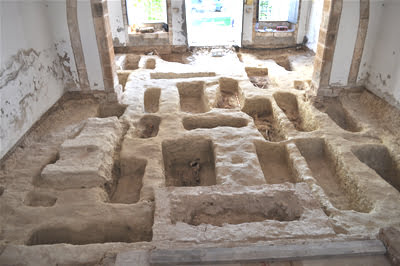

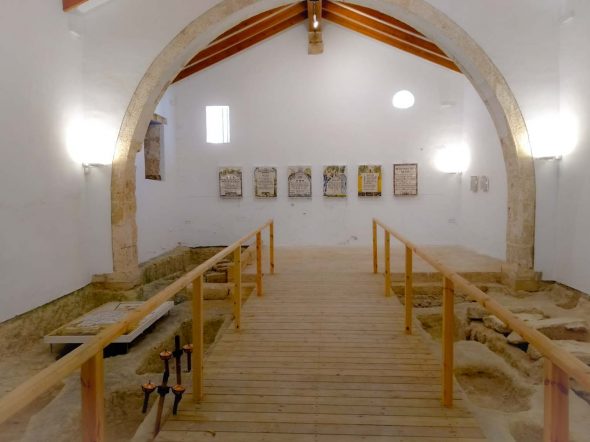






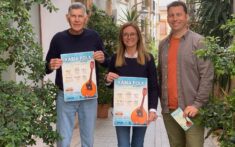
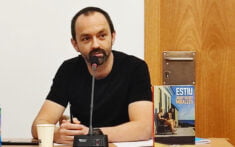
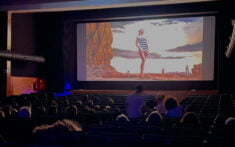
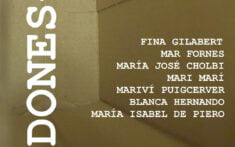

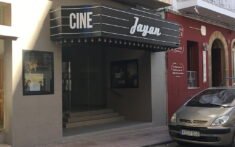
There are no photos of the tombstones in the hermitage? I would like to know who those graves belong to.